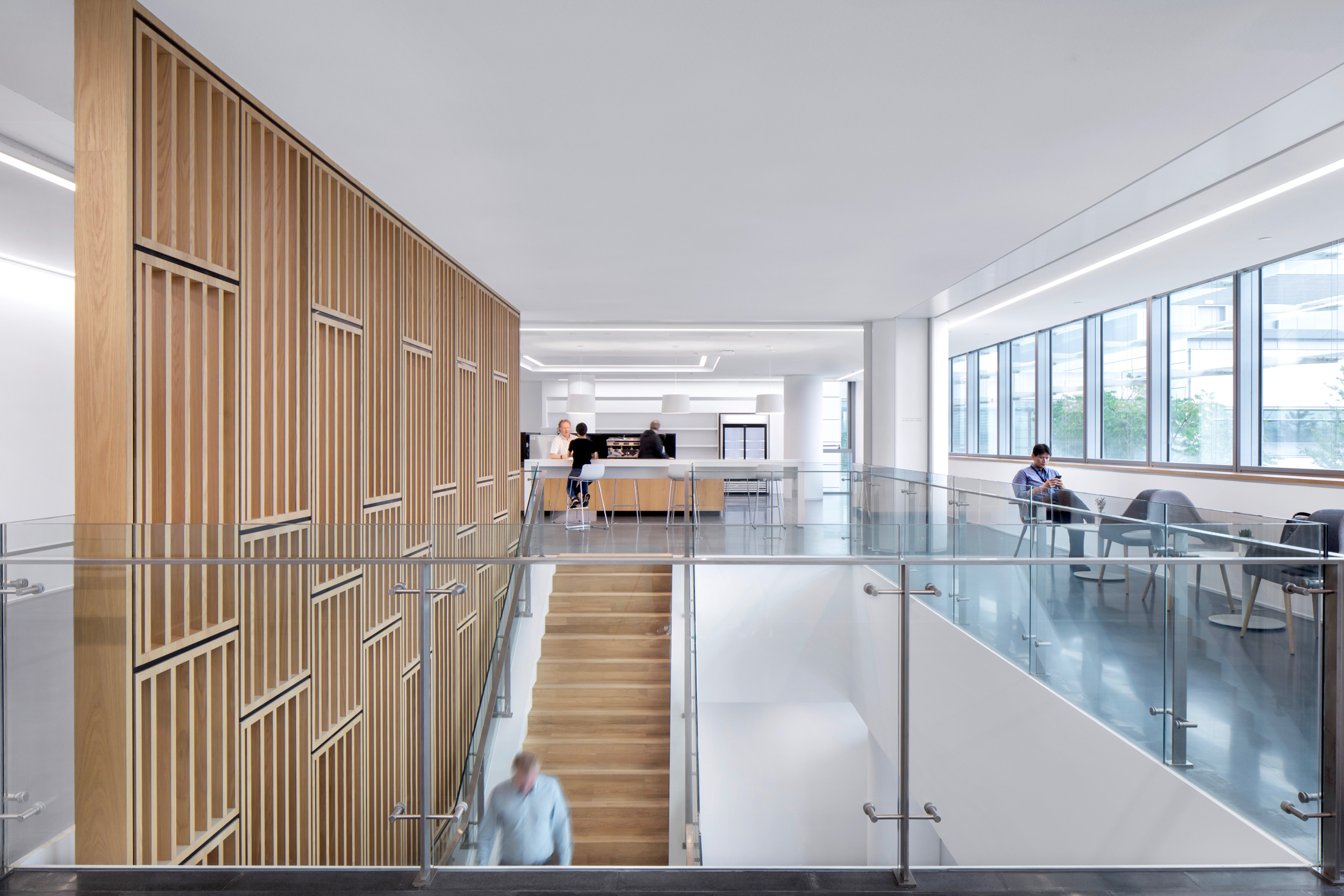
Reinterpreting the context
Inspiration drawn from the landscape, traditional architecture, and regional culture.
Sense is the interaction between person and place and depends on spatial form and quality, culture, temperament, status, experience, and current purpose of the observer. A sense of place can be created by the pattern of reactions that a setting stimulates for a person.Kevin Lynch - Urban theorist
Creating a sense of place
Strengthen our spaces character and identity by referring to the local environment. Natural or architectural landscapes can be a source of inspiration for colour or textures in the design concept. People will be able to relate strongly to their work spaces, impacting their well-being and the sense of community.
Key spaces should incorporate elements that reference the local context in a synthetized way, following a clear concept and in alignment with Roche brand aesthetic and the local guidelines.

Colour palette
- The colour scheme provides a familiar environment which offers psychological comfort.
- Capture colours from local natural or architectural landscapes. Create a concept related to space typologies.
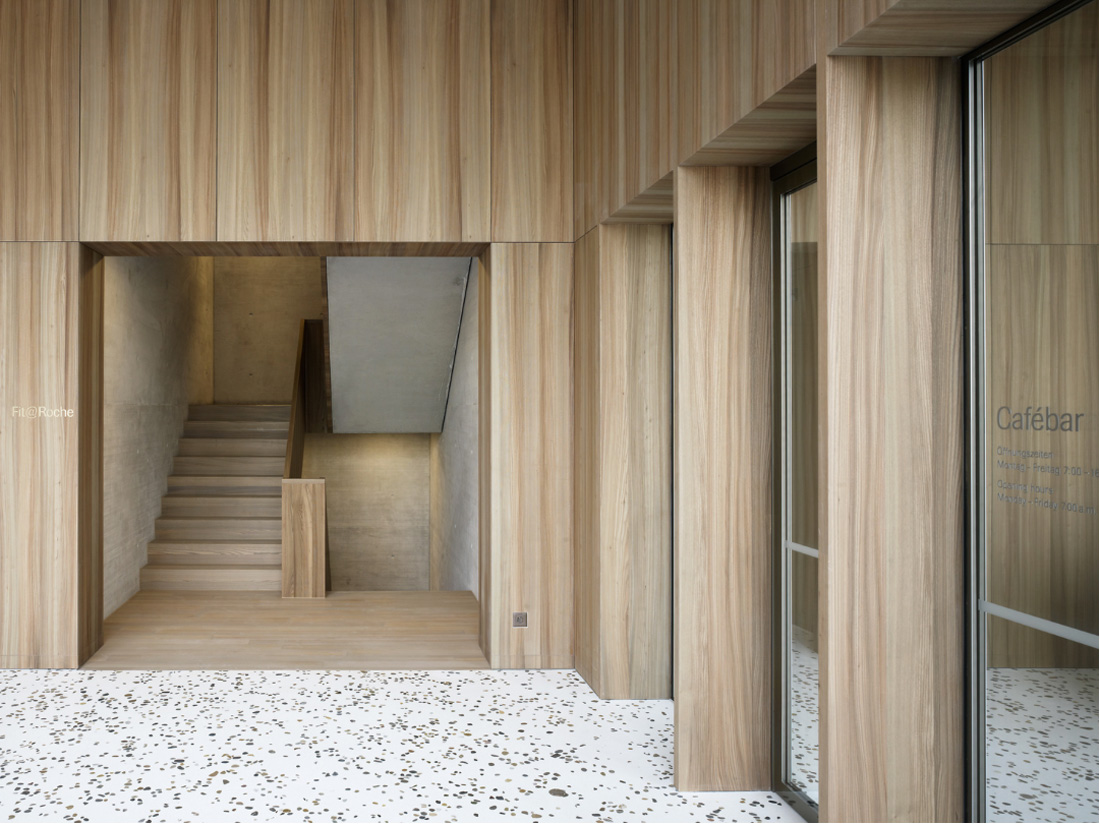
Local textures
- Texture adds detail and rhythm to interiors.
- Stay true to material texture, do not use fake textures on material imitations.
- Provide consistency and continuity in the use of texture. Keep it simple, focus on one abstracted texture for a project.
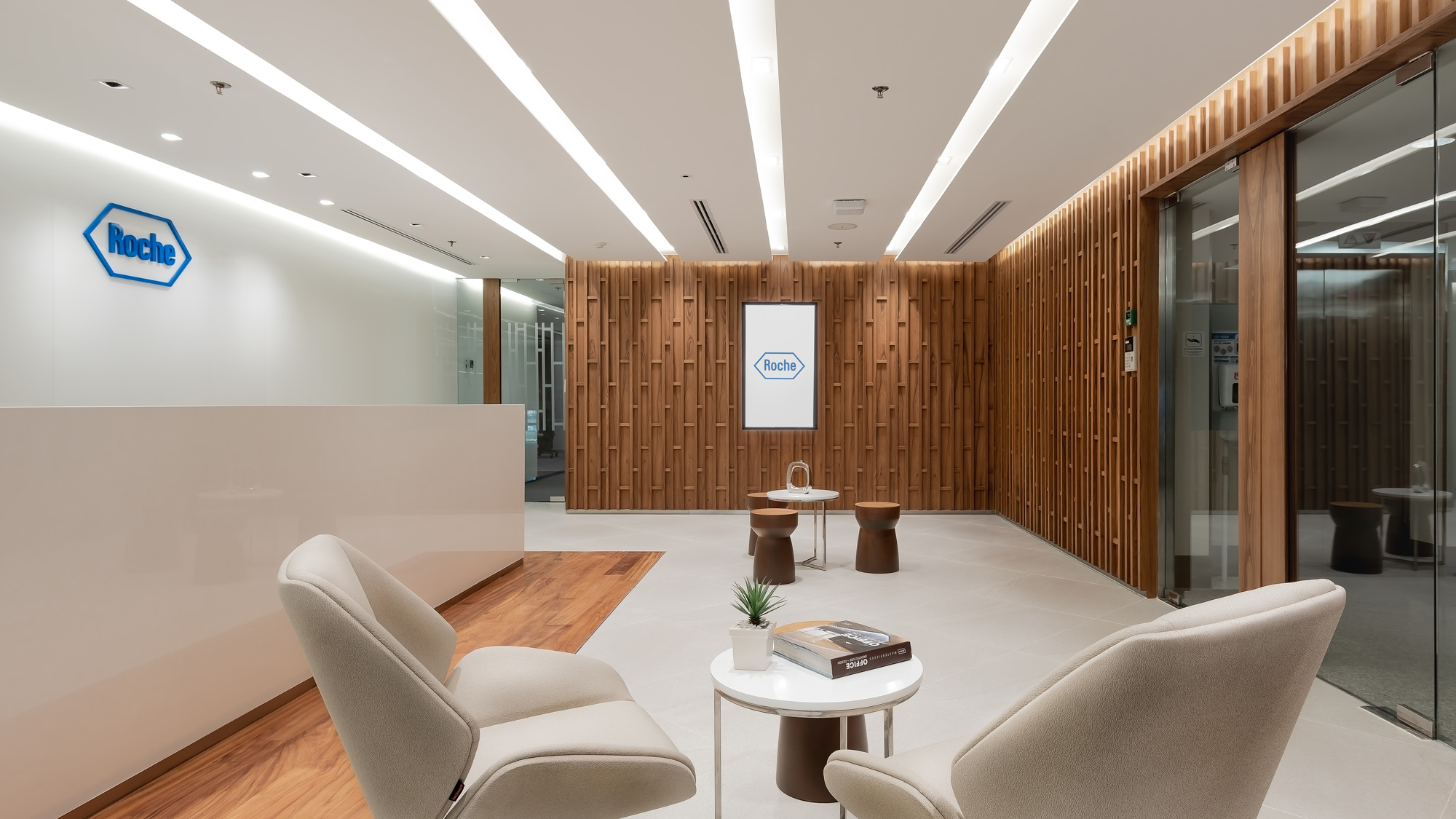
Pattern referencing artworks and crafts
- Patterns provide a change in scale and density, creating an interesting visual effect and activating the space.
- Captured from local crafts or artworks, patterns represent a region’s traditional culture and reinforce local identity.
- Blending traditional handcrafted techniques with contemporary design is an effective strategy.
Here are some examples:
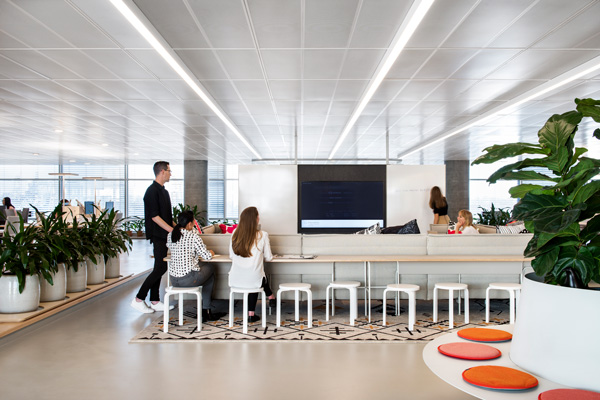
The design pattern of the carpet results from playing with simple shapes, colours, and textures inspired from traditional themes.
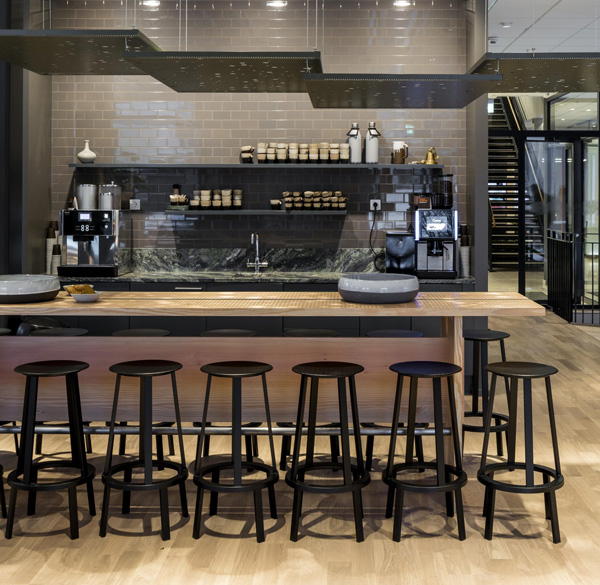
Handcrafted tiles, traditionally found in architecture, are used in a minimalist aesthetic, adding colour and dynamism to the cafeteria.
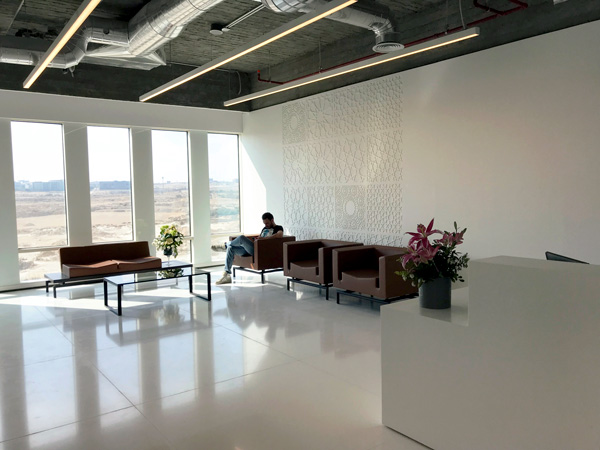
The texture of the wall is a subtle reinterpretation of the delicate traditional lattices found in Egyptian historic facades.
Pattern referencing artworks and crafts
- Patterns provide a change in scale and density, creating an interesting visual effect and activating the space.
- Captured from local crafts or artworks, patterns represent a region’s traditional culture and reinforce local identity.
- Blending traditional handcrafted techniques with contemporary design is an effective strategy.
- Capture a traditional pattern and create an abstract representation, reducing its expression to the essential,to be associated with Roche brand aesthetics.
- Define a concept describing how a pattern should be applied: reiterated in different scales, materials and applications, and used consistently throughout the project for coherence.
- Introduce an art piece by a local artist in a representative space. Always in alignment with Roche brand.
Don’t
-

Avoid literal use of decorative elements or patterns. Limit to one pattern.
-
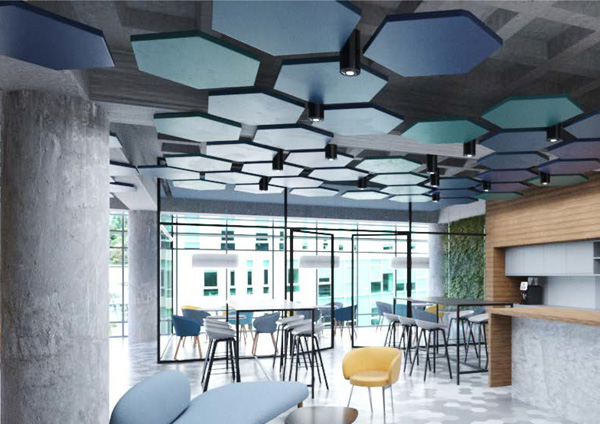
Never use the Roche hexagon as a decorative element or to create patterns.
-
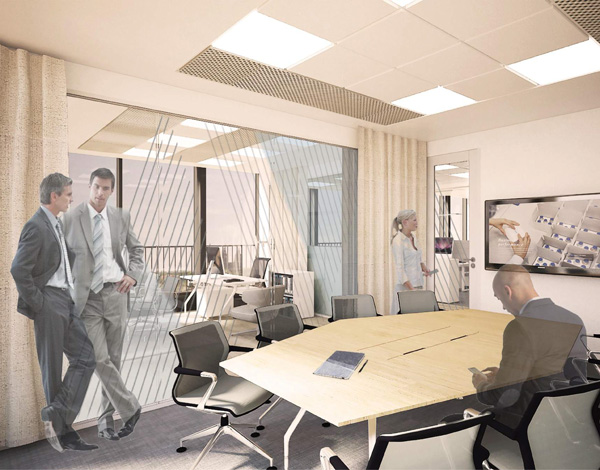
Don't use recognizable, figurative or decorative elements as glass manifestations pattern. Instead use reduced scale abstract motive as privacy filter.
Key to Reinterpreting the context
- Reference traditional architecture or local crafts through patterns, textures, and colours to strengthen the sense of belonging.
- Propose abstract interpretations in line with Roche brand simplicity and reduced expression.
- Avoid literal use of decorative elements and never use Roche hexagon to create patterns.
- The design should be in alignment with Roche brand and the site Master plan guidelines.